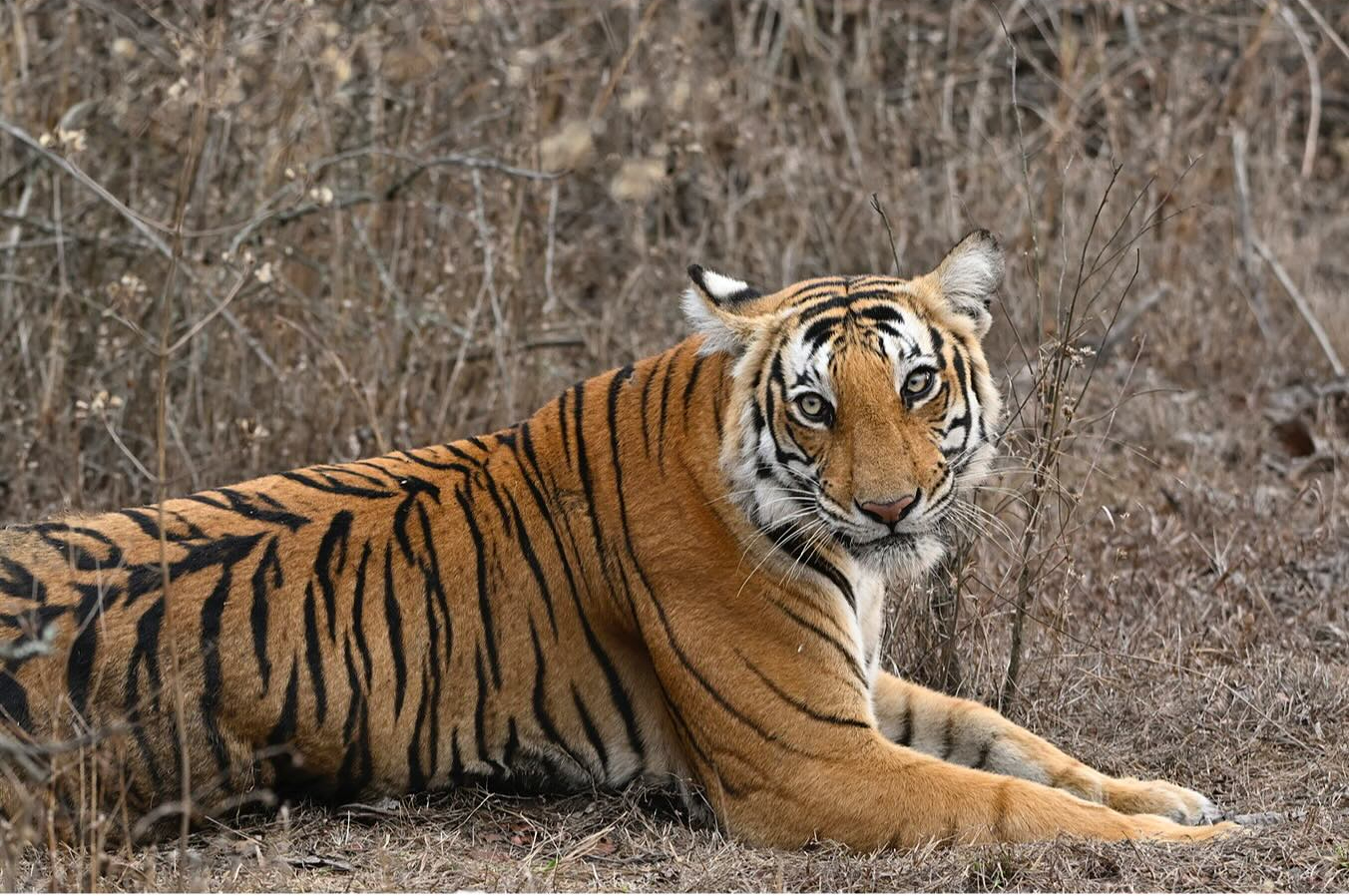The dream combo that redefines wildlife photography. For years, my wildlife photography adventures were powered by the rock-solid Nikon D500 and the iconic AF-S NIKKOR 200-500mm f/5.6E ED VR lens. Together, they gave me some of the most memorable frames of elusive birds and majestic mammals. But technology evolves — and after a lot of contemplation, I decided it was time for an upgrade.
Earlier this month, I made a long-anticipated trip to Bholas Photoshop, Bangalore, one of the most trusted names in the photography community, and came back home with the Nikon Z9 and the NIKKOR Z 180-600mm f/5.6-6.3 VR.
And what a game-changer it has been!
Saying Goodbye to a Classic
Before diving into my new setup, it's only fair to acknowledge the greatness of the D500 + 200-500mm combo. Fast, reliable, and incredibly sharp — it was a workhorse in the forests and wetlands I loved to explore.
But as mirrorless technology took giant leaps forward, I started feeling the limitations: no eye detection autofocus, limited buffer for high-speed shooting, and a slight lack of flexibility in tracking unpredictable subjects.
It was bittersweet to let go, but sometimes growth demands tough decisions.
Why Nikon Z9?
Caption: Built like a tank, with brains to match.
The Nikon Z9 was an easy choice, and here’s why:
-
45.7MP Stacked CMOS Sensor
The Z9 boasts a 45.7MP sensor that’s stacked, meaning it reads data ultra-fast. This design nearly eliminates rolling shutter effects, making it perfect for wildlife action. Every feather, every fur texture — captured in jaw-dropping detail. -
493 Autofocus Points
Covering almost the entire frame (90% horizontal and vertical), the Z9’s 493-point AF system ensures that no subject is too close to the edge. It’s incredibly liberating to compose creatively without worrying about focus limitations. -
Advanced Eye-Detection Autofocus
The Z9's eye-tracking isn’t just good — it's magical. Whether it's a perched owl deep in the canopy or a cheetah mid-sprint, the camera locks onto the eye and refuses to let go. It recognizes and tracks birds, mammals, and even reptiles with stunning reliability. -
Blazing Speed
With the ability to shoot up to 20 fps RAW and 120 fps JPEG, the Z9 ensures you never miss that split-second action. -
Pro Build Quality
Built like a tank, fully weather-sealed, and ergonomically designed for long hours in the field — the Z9 is clearly made for the wild.

The Perfect Partner: NIKKOR Z 180-600mm f/5.6-6.3 VR
Caption: Compact, sharp, and field-ready — the 180-600mm in action.
I paired the Z9 with the NIKKOR Z 180-600mm for several good reasons:
-
Incredible Zoom Range
From a near macro perspective at 180mm to frame-filling portraits at 600mm, this lens offers unmatched versatility for wildlife and birding. -
Internal Zoom Mechanism
No external extension while zooming. It's more balanced, faster to operate, and safer against dust and moisture. -
Vibration Reduction (VR)
Up to 5.5 stops of VR compensation means I can shoot handheld at slower shutter speeds without fear. -
Outstanding Sharpness and Speed
Across the zoom range, sharpness remains top-notch, and the focus motors are nearly silent — a huge plus when photographing skittish animals.

First Impressions in the Field
The first time I took the Z9 and 180-600mm combo into the field, I knew I made the right decision.
- Birds in flight were no longer a guessing game — the Z9’s eye AF latched on with surgical precision.
- The 45MP files gave me plenty of room to crop without losing detail.
- Tracking a leopard through dense brush was effortless — the autofocus stayed glued to its eye, even between the foliage.
- Long handheld sessions felt surprisingly manageable, thanks to the lens’s balance and the camera’s excellent ergonomics.
Final Thoughts: Was It a Worthy Upgrade?
Absolutely.
The Nikon Z9 and NIKKOR Z 180-600mm aren’t just an upgrade — they represent a whole new level of creative freedom. Faster, sharper, smarter — they allow me to focus more on the art and less on the limitations.
If you're a wildlife photographer still holding onto the DSLR era (as I was), let me tell you: the future is mirrorless, and it’s unbelievably exciting.
Huge thanks to Bholas Photoshop, Bangalore for their fantastic service and making this big leap smooth and special. I can't wait to share many more wild stories through my lens!

Caption: The first of many frames with my Nikon Z9 + 180-600mm combo!